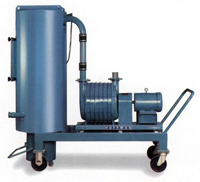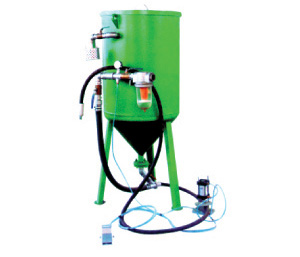Catalyst Loading Services
Catalyst loading/unloading in all types of Reactor in Oil Refineries and Petro-chemical Plants.
Reactors: We remove and replace spent catalyst from process vessels within the Refining, Chemical and Petrochemical industries. Services include catalyst screening and segregation of materials, Cleaning of reactor, Hydro testing in Reactor, Grit blasting, Catalyst charging and complete management of various Catalyst. Our trained professionals are focused on safety and customers and utilize equipment and processes to do the job right, any where, any time.


We have provided services in following Reactors:
- Ethylene Oxide in EO-EG Plant at Reliance Industries Ltd.
- Oxy Chlorination, Poly-Reactor in VC/PVC plant at Indian Petrochemical Corporation Ltd.
- Reformer , CRU & Pacol in Indian Oil Corporation Ltd.
- Datel, Rerun Clay treator, Recycle Clay Treator, Define, Pacol, Adsorber in LAB Plant at Nirma Ltd.
|
|
|
|
|
|
|
|